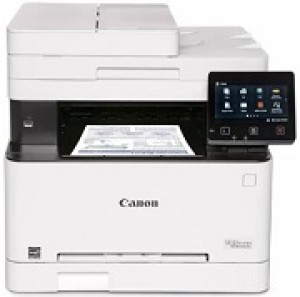The Development and Impact of Printers: From Gutenberg to 3D Printing
Printers have developed amazingly since the days of Gutenberg's printing push. From the revolutionary moveable kind to the advanced 3D printing technologies these days, these devices have changed how we distribute information, produce art, produce products, and conduct clinical research. Let's explore the trip of printers, their technical developments, and their extensive impact on our world.
For Printer driver, visit: my-hpdrivers.com

A Short Background
The printing transformation started in the 15th century when Johannes Gutenberg presented the movable printing push, an innovative innovation that allowed the automation of publications, thereby democratizing knowledge. This innovation laid the structure for modern printing technology, which slowly evolved from mechanical presses to electrical typewriters and populated matrix printers in the 20th century.
The introduction of laser and inkjet printers in the late 20th century marked a considerable jump in printing technology, enabling much faster and higher-quality document recreation. These printers became prevalent in homes and workplaces, democratizing access to published products and facilitating the spread of information on an unmatched range.
Technical Developments
The 21st century witnessed a fast development in printing technology. Inkjet and printer continued to improve in speed and resolution, accommodating varied needs from basic document printing to top-quality picture recreation. However, one of the most extraordinary developments is the rise of 3D Printing.
3D Printing, also known as additive manufacturing, enables the development of three-dimensional objects by including succeeding layers of material. This technology has transformed various markets, including manufacturing, health care, automobile, aerospace, etc. It enables the fast prototyping of items, personalization of clinical implants, manufacturing of elaborate building models, and more, significantly decreasing manufacturing time and costs.
Effect on Culture and Markets:
Printers have had an extensive effect on culture and markets throughout the board. They have changed education and learning by providing accessible learning products, empowering companies with affordable marketing devices, and transforming health care by manufacturing custom prosthetics and clinical devices.
Moreover, 3D Printing has disrupted traditional manufacturing techniques, enabling the development of complex designs and decreasing waste by just using necessary products. This technology has the potential to decentralize manufacturing and improve supply chains and production. It is the foundation of the future of manufacturing.
Challenges and Future Trends
Despite their numerous benefits, printers also pose ecological challenges because of the consumption of sources and the generation of digital waste. Addressing these concerns requires developments in reusing technologies and the development of more lasting printing products.
Looking in advance, the future of printing technology appears promising. Developments in 3D Printing may lead to the Printing of human body organs for transplantation, the building of whole structures, and further personalization in various markets. Furthermore, integrating expert systems and IoT (Internet of Points) abilities into printers may improve processes and their performances.
Final thought
Printers have come a longy since Gutenberg's innovation, developing from simple mechanical devices to advanced 3D printers that can produce almost anything imagined effect on culture, from spreading knowledge to revolutionizing markets, cannot be overemphasized. As we proceed to innovate, the trajectory of printing technology holds enormous potential, promising a future where the limits of development and manufacturing are constantly pressed.